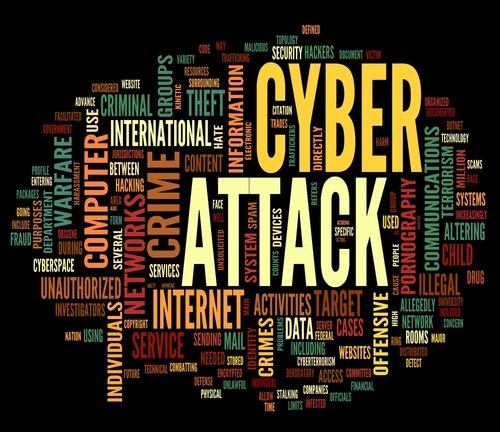It has recently been reported that a renewable energy provider in Utah was hit by a cyber attack. This is the first instance of power grid operator in the US to have lost connection with its power generation installations as a result of a cyber attack. The root of the problem was traced to an unpatched firewall and the attacker used a vulnerability in a Cisco firewall to crash the device and break the connection between sPower’s wind and solar power generation installations and the company’s main command centre. sPower said it mitigated the intrusion by patching outdated devices.
A Utah renewable energy developer was hit by a first-of-its-kind cyberattack that briefly cut contact to a dozen wind and solar farms this spring https://t.co/6FphwGM679
— Citizens For Responsible Solar (@ForGoodSolar) November 2, 2019
Following the developments of this story, below are several comments from industry experts about the situation at hand.
The opinions expressed in this post belongs to the individual contributors and do not necessarily reflect the views of Information Security Buzz.



